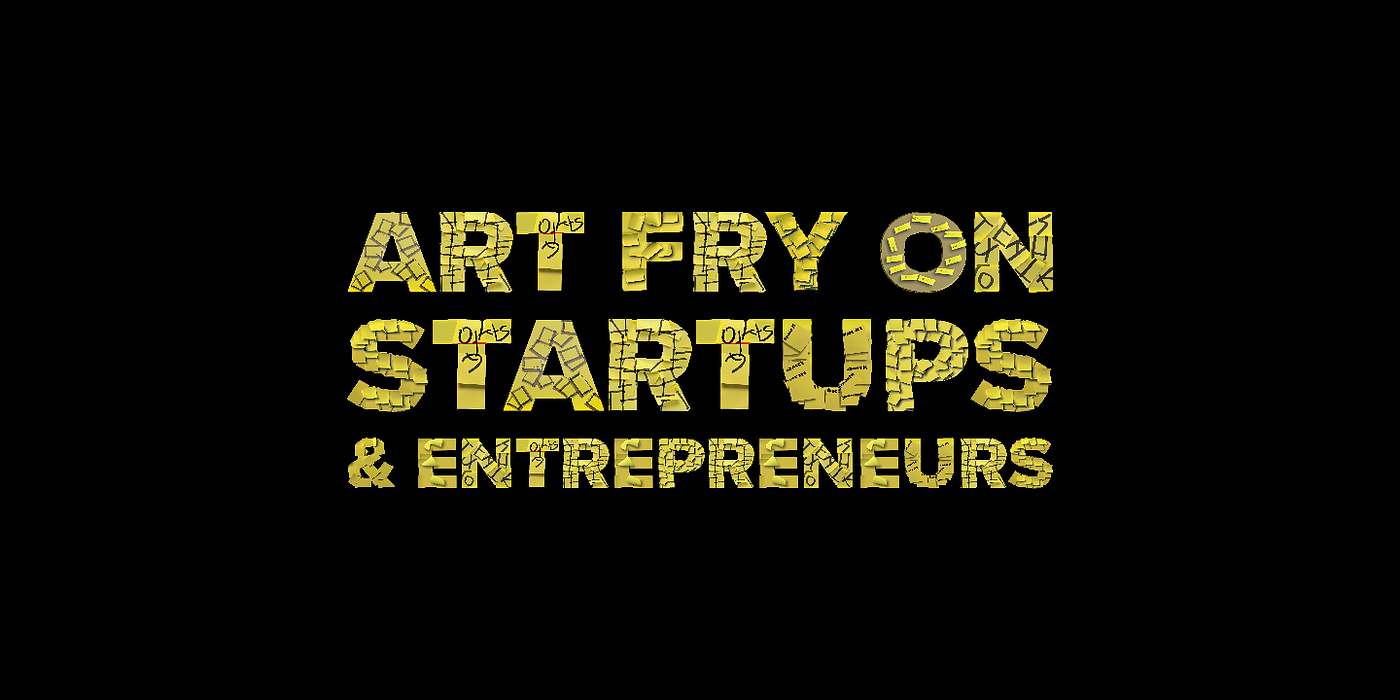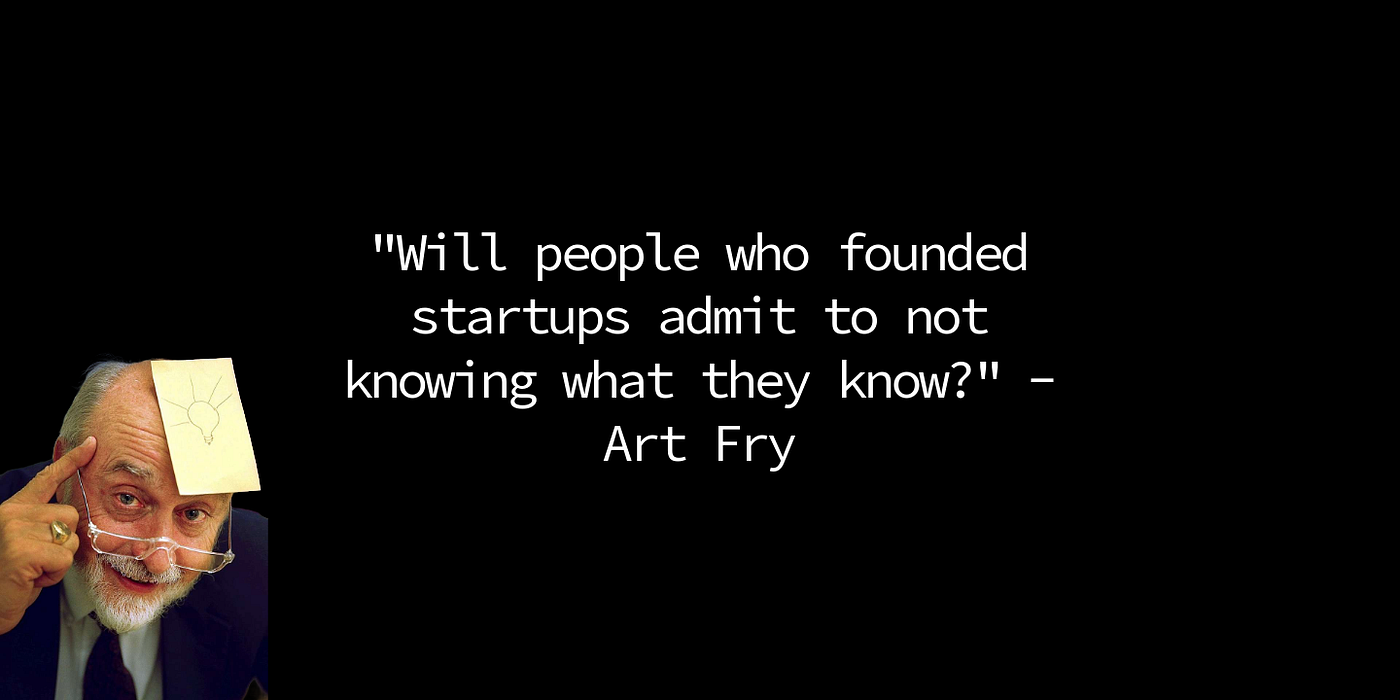Interview: Inventor of the “Post-it Note” on Startups and Entrepreneurs
I had the honor to have a chat with the inventor of the Post-it Note — Art Fry. He provided his insights into the journey of entrepreneurship and the challenges of building a successful business. He emphasized the importance of having ideas AND executing them, scaling them up AND effectively managing various aspects of the industry, including finances and teams.
“Success can be whatever you want it to be. If it’s going to be something big you’re gonna need a lot of help.” — Art Fry
Post-it® Notes
The story of the Post-It Note, as told by Art Fry, embodies the spirit of perseverance and the potential of innovation. Starting from its modest origin in Dr. Spencer Silver’s laboratory, the journey of the Post-It Note illustrates the development of a product, the triumph over hurdles, and the seizing of opportunities. Today, the Post-It Note is present in offices across the globe, making it an icon of creativity and expedience.
Fry’s narrative vividly depicts the struggle and collaboration that went into creating the Post-It Note. The initial challenges of finding a practical application for Silver’s unique adhesive were frustrating. However, this frustration led Fry to his eureka moment- the idea for the Post-It Note. Together, they embarked on the journey of bringing this innovative product to life, turning frustration into triumph.
The story of the Post-It Note is not just about its invention; it’s also a story of how it has adapted and evolved. Initially, it was created to replace bookmarks. However, it has since become a flexible tool with a range of products that cater to different needs. Seeing how it has continuously evolved to meet the changing demands of consumers and workplaces is genuinely inspiring. Fry’s reflections highlight innovation’s transformative power and a simple idea’s long-lasting impact. As the Post-It Note continues to adapt to new challenges and opportunities, its story remains a testament to the enduring spirit of creativity and ingenuity.

“A Post-It Note is a small piece of paper with a re-adherable strip of adhesive on the back, designed for temporarily attaching notes to documents and other surfaces.”
We dived into the intricacies of entrepreneurship and what it takes to turn an idea into a successful business venture. Here are the highlights of our conversation:
Embracing Humility and Learning
Fry emphasized the importance of founders admitting what they don’t know. Acknowledging gaps in knowledge allows entrepreneurs to seek advice and learn from others who possess expertise in areas where they may lack experience.
“Will people who founded startups admit to not knowing what they know?” — Art Fry
Diverse Backgrounds
Entrepreneurs come from various backgrounds, ranging from engineering to marketing to finance. Fry emphasized that there is no one-size-fits-all background for entrepreneurship; instead, it’s about leveraging diverse skill sets and experiences to tackle challenges creatively.
Building New Products
Experience with building new products is invaluable for entrepreneurs. Those who lack experience must compensate with sharp intelligence and a willingness to learn. Fry highlighted that being a pioneer often requires much more effort than being an operator.
Importance of Execution
Having ideas is just the beginning. Converting ideas into prototypes, testing them, and demonstrating their viability is essential for progress. Fry noted that while some individuals excel at generating ideas, success hinges on the ability to execute and bring those ideas to fruition.
Scaling Up and Managing Finances
Scaling up from a prototype to mass production poses significant challenges, particularly in managing finances. Fry emphasized the importance of effective money management and navigating the complexities of business operations.
Success Requires Help
Success in entrepreneurship is multifaceted and often requires collaboration and support from others. Fry highlighted the importance of choosing the right people, effectively incentivizing them, and managing diverse creative processes.
“It’s not one creative process. It’s a bunch of creative processes, and people need to be managed.” — Art Fry



